How a Maryland Finishing School Became an International Architectural Wonderland
National Park Seminary had an unconventional approach to education.
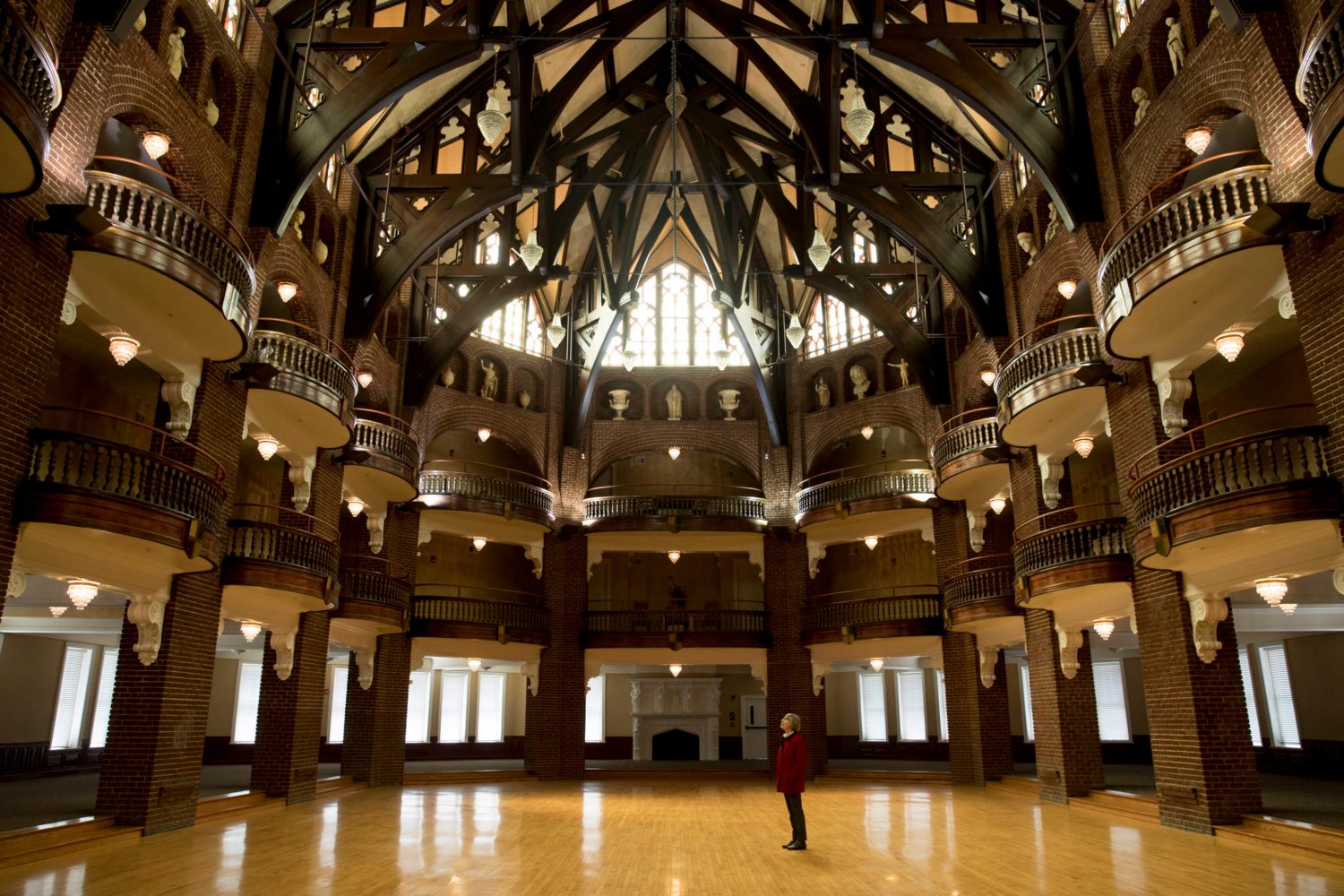
An English castle. A Dutch windmill. A Japanese pagoda. Minutes from the Beltway in Silver Spring, Maryland, is a community that looks like it’s straight out of Disney’s Epcot.
It’s all part of National Park Seminary. Once a turn-of-the-century school for young women, it closed in 1942 and became an Army rehabilitation facility. Later it fell into disrepair. Today, it’s in the midst of a revival.
“We used to have a sign up on the property that said, ‘What is this place?,’” says Bonnie Rosenthal, executive director of Save Our Seminary, the organization dedicated to preserving and sharing the history of National Park Seminary. “That’s what people say when they see a Japanese pagoda along the main street… ‘What is this place?’”
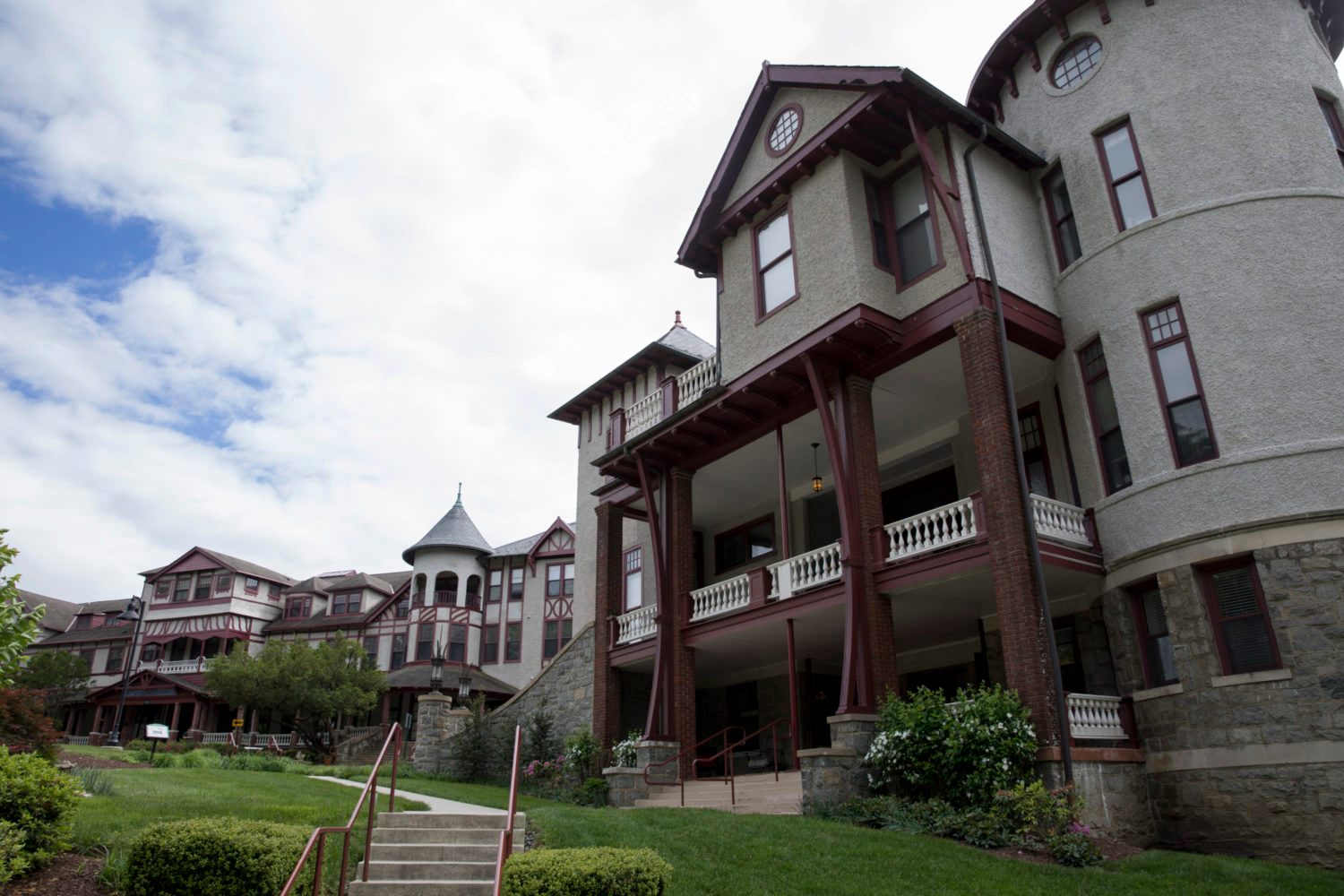
In 1894, the Ohio-born educators John and Vesta Cassedy purchased a struggling Silver Spring luxury resort called Ye Forest Inn and transformed it into an exclusive finishing school. They named it National Park Seminary as sort of a marketing ploy, as the U.S. capital was only a few miles away.
The Cassedys took an out-of-the-box approach to education. They taught their students about the world by bringing the world to them. They built eight sorority houses in architectural styles from across the globe including a Swiss chalet, an Italian villa, and a Spanish-style mission complete with intricate stained glass windows. They wanted the interiors to be authentic, too. They bought furniture at embassy sales and picked up items on their world travels.
The school was exclusive and attracted well-known names. The Kraft family sent their daughters there, as well as the Chryslers. The Spreckel children, daughters of the famous sugar barons, were also students. Irene Castle, a famous turn-of-the-century dancer, also attended National Park Seminary, although she was eventually expelled.
National Park Seminary was a two-year finishing school, meaning that its main objective was to teach young women (usually between the ages of 16 and 20) social graces while preparing them to get married and start a family. But Rosenthal says the school was progressive for its time. It offered students a liberal arts education that included foreign languages, music, theater, and sports.
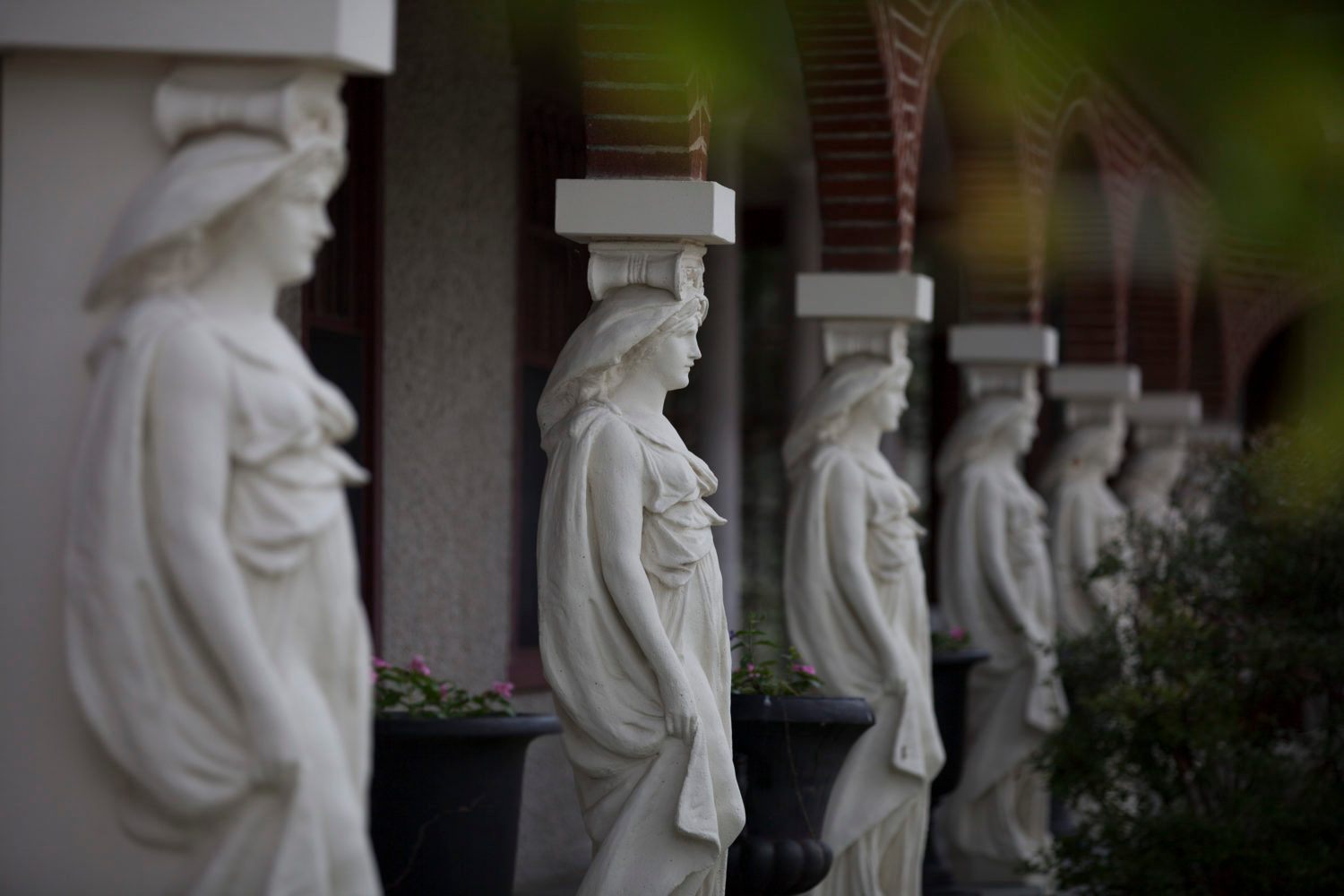
“It wanted to make them contributing members of society and make them active members of their community,” says Rosenthal, who’s been involved with Save Our Seminary since its inception 30 years ago.
Many of the students treasured attending school at National Park Seminary. Rosenthal met with a group of alumni about a decade ago who told her that it was a highlight for them.
“Oh, they loved it,” she says. “I don’t know how many told me this was the best part of their whole life, coming to this school.”
The school struggled to attract students during the Depression, but numbers came back up in the late 1930s and early 1940s. But the school closed in 1942 when the U.S. Army took over the property through the SecondWar Powers Act.* The Army used it as a rehabilitation facility for returning soldiers with physical and mental injuries.
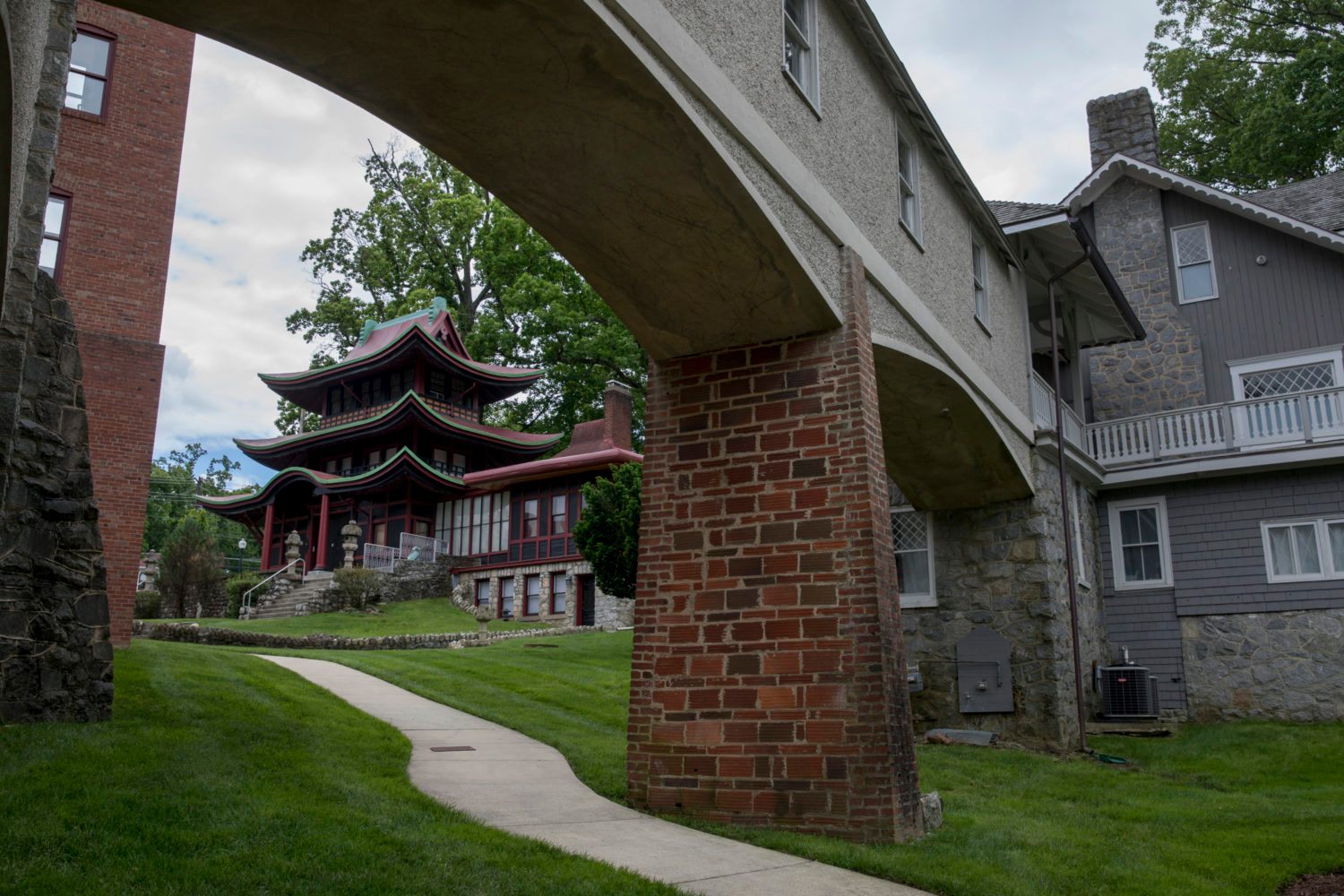
The Army owned the property for the next 62 years and, although it was put on the National Register of Historic Places in the 1970s, National Park Seminary fell into disrepair. The Army gave up ownership in the mid-2000s and sold it to a private developer, the Wisconsin-based Alexander Company. It specializes in historic preservation and adaptive reuse. Save Our Seminary worked closely with the company to preserve the historical integrity of the property.
They had their work cut out for them. There was a lot of vandalism, and neglect had taken its toll on the buildings. Representatives from Alexander Company say that many of the structures were near collapse.
It took a few years of constant construction, but soon National Park Seminary became a place where people could live again. The old gymnasium is now condos, and the sorority houses have been transformed into single family homes. Yes, people live in the Japanese pagoda and the Dutch windmill.
Paula Doulaveris and Richard Birdsong, both retired military doctors, bought the Dutch windmill in 2010. Doulaveris remembers the first time they went inside the neglected old house.
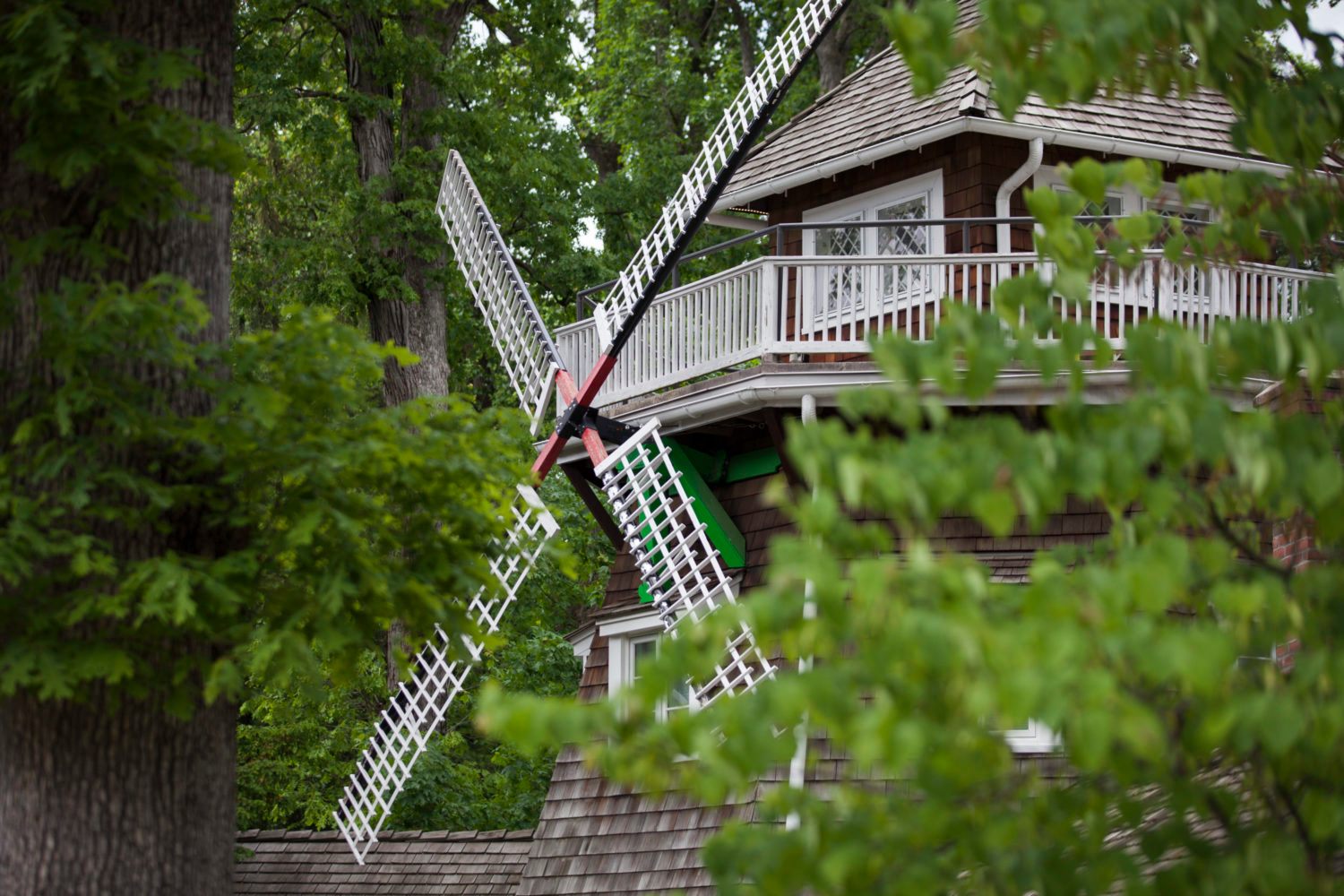
“The place was literally falling apart. They had put these panels up so no one could come in to [destroy it] while it was vacant,” says Doulaveris. “I mean, Bonnie literally had to unscrew some of the boards to let us in. There were rocks in here. There was dirt. The place was really deteriorating.”
The couple finished most of their renovations in 2013, mixing modern amenities with the original historic features. Birdsong himself rebuilt the windmill’s sails so that they are safely attached to the house and turn in a strong wind.
“I’ll spin them if I see people who need to be entertained,” says Birdsong. “A windmill house has got to have working sails.”
As a whole, National Park Seminary is improving. But plenty of restoration work is still waiting to be done, particularly in the English castle and Italian villa.
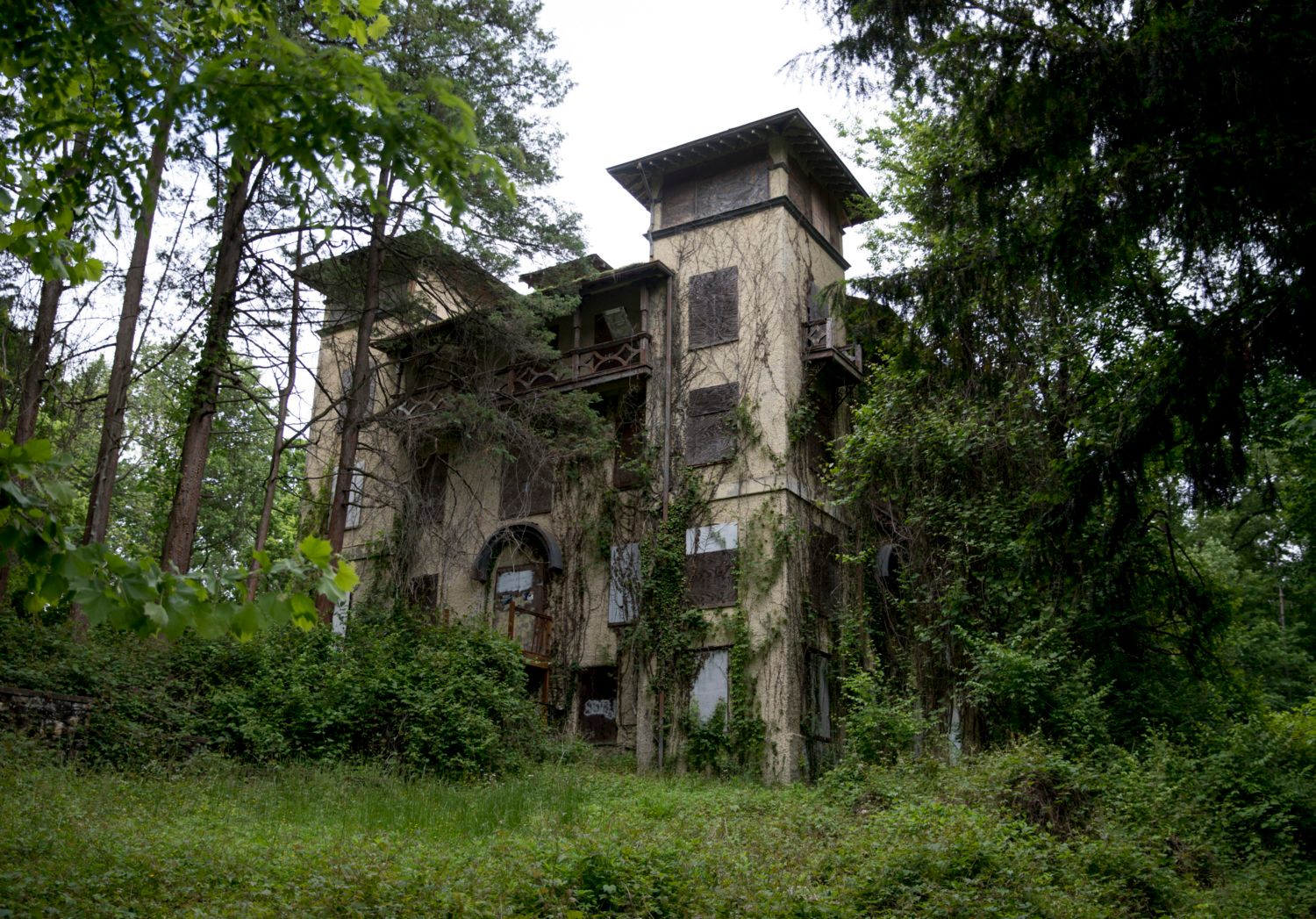
“I didn’t want to see this lost. It was too beautiful and unusual and it needed to be… saved and shared with other people,” says Rosenthal. “It’s just a world different than everything else around us.”
For those interested, currently, there are apartments are available to rent. One of the restored sorority houses is available on the market right now. It’s a three-bedroom, three-and-a-half bath American colonial and, according to Zillow, it’s going for $999,000.
After all, history comes with a price.
*Update: This story has been updated to clarify the name of the act utilized by the Army.
This story is part of Hidden City, a collaborative partnership of WAMU and Atlas Obscura. You can listen to the accompanying audio story on WAMU’s site.




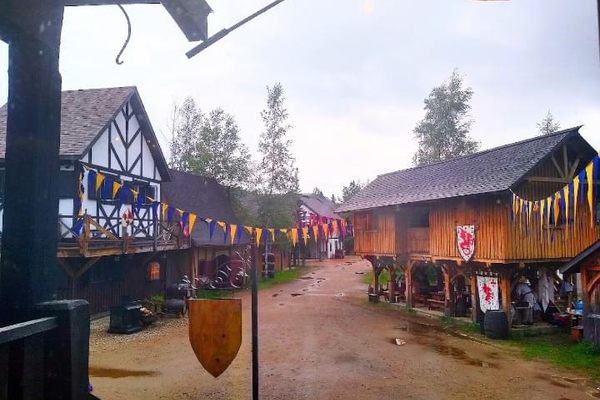
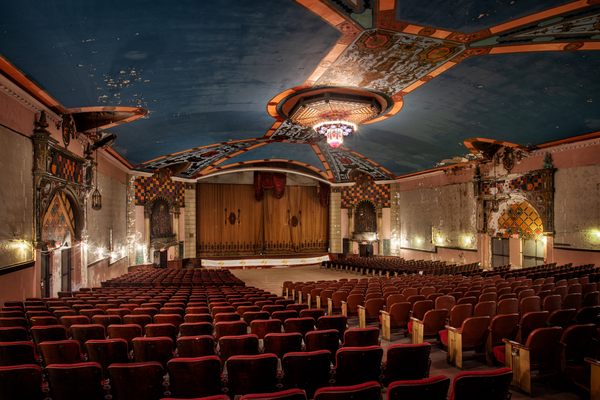
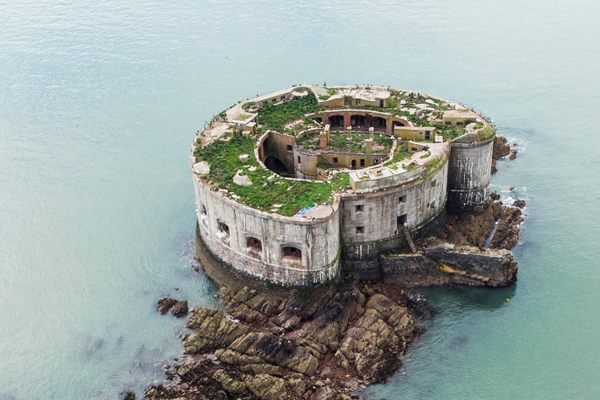















Follow us on Twitter to get the latest on the world's hidden wonders.
Like us on Facebook to get the latest on the world's hidden wonders.
Follow us on Twitter Like us on Facebook